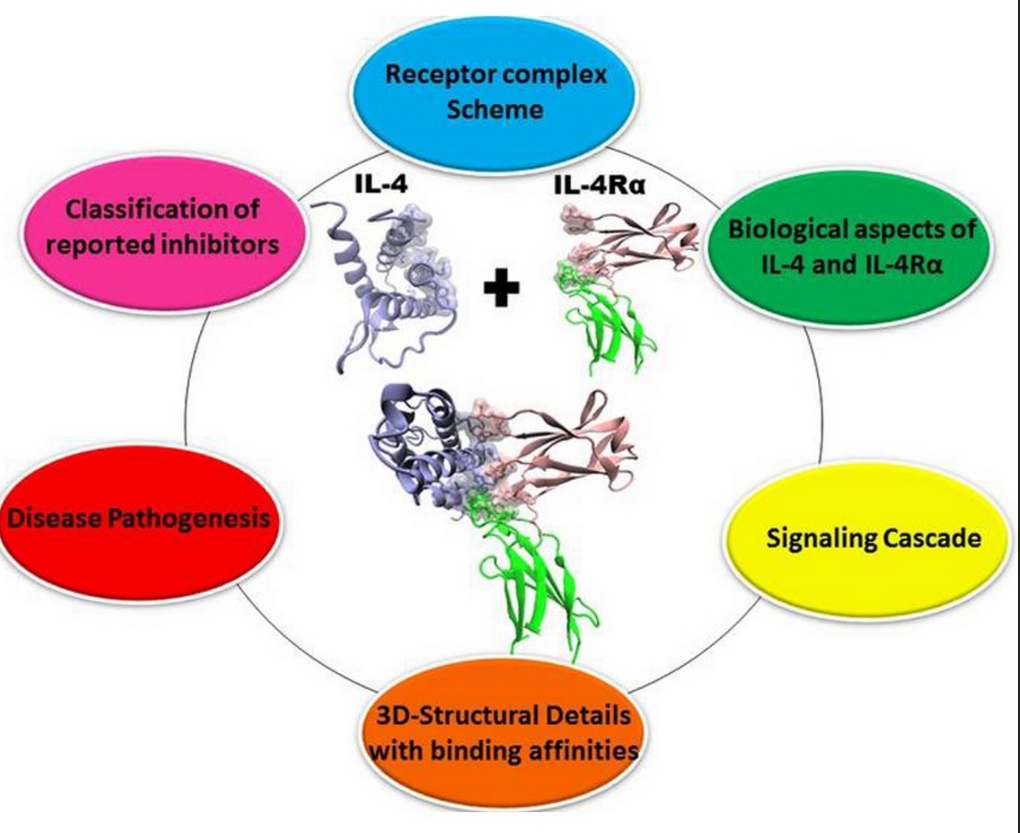Blog Post
A Brief History of Interleukin 4
In the vast world of cytokines, IL-4 stands out. The discovery of Interleukin 4 dates back to the 1980s when scientists were delving deep into immune responses. They identified this protein as an influential factor in:
- B-cell differentiation
- T-helper cell growth
- Production of antibodies
Over the years, its significance in immune system processes became undeniable.
Role of IL-4 in Immunology Experiments
Immunology experiments have increasingly relied on IL-4, given its multifaceted roles.

1. Allergic Response Analysis:
IL-4 is pivotal in understanding allergic reactions. By examining its levels, researchers can glean insights into the severity of allergic responses.
2. Anti-Parasitic Immunity:
Interleukin 4 helps in the formation of protective barriers against certain parasitic infections. In experiments, it serves as a marker for resistance against these parasites.
3. Development of Vaccines:
Owing to its role in antibody production, IL-4 has been a subject of interest in the creation of more effective vaccines.
Key Takeaways
- IL-4 plays a crucial role in various immune responses.
- Its history is steeped in breakthroughs in immunology research.
- Immunology experiments utilize IL-4 for insights into allergies, parasitic immunity, and vaccine development.
With IL-4 at the forefront of many studies, our understanding of the immune system and its nuances continues to grow. The next time you come across an immunology experiment, remember the profound influence of this small but mighty protein.
Final Thoughts
Interleukin 4’s journey from discovery to its current prominence in immunology experiments is nothing short of fascinating. As science progresses, we can only anticipate more groundbreaking revelations related to IL-4 and its vast potential in health research.

